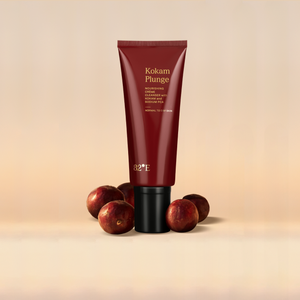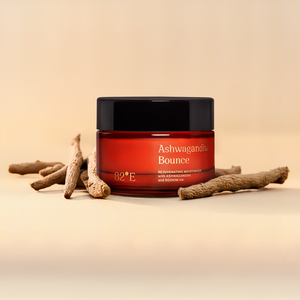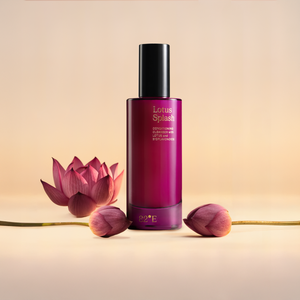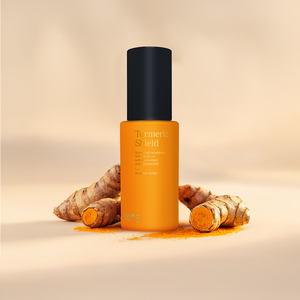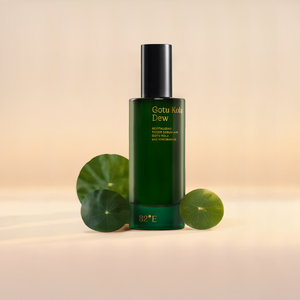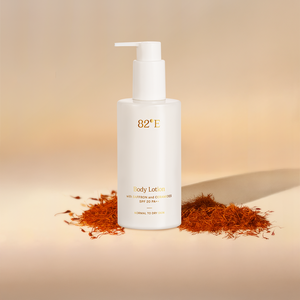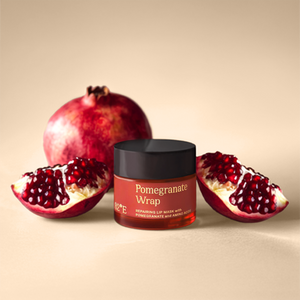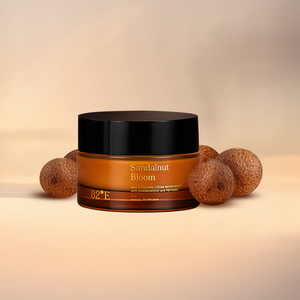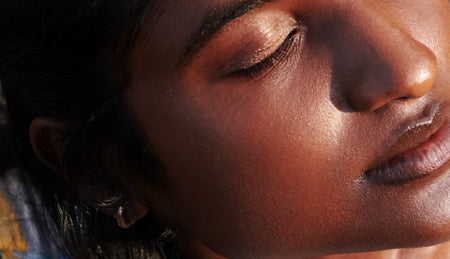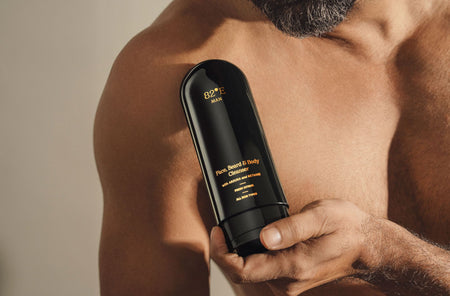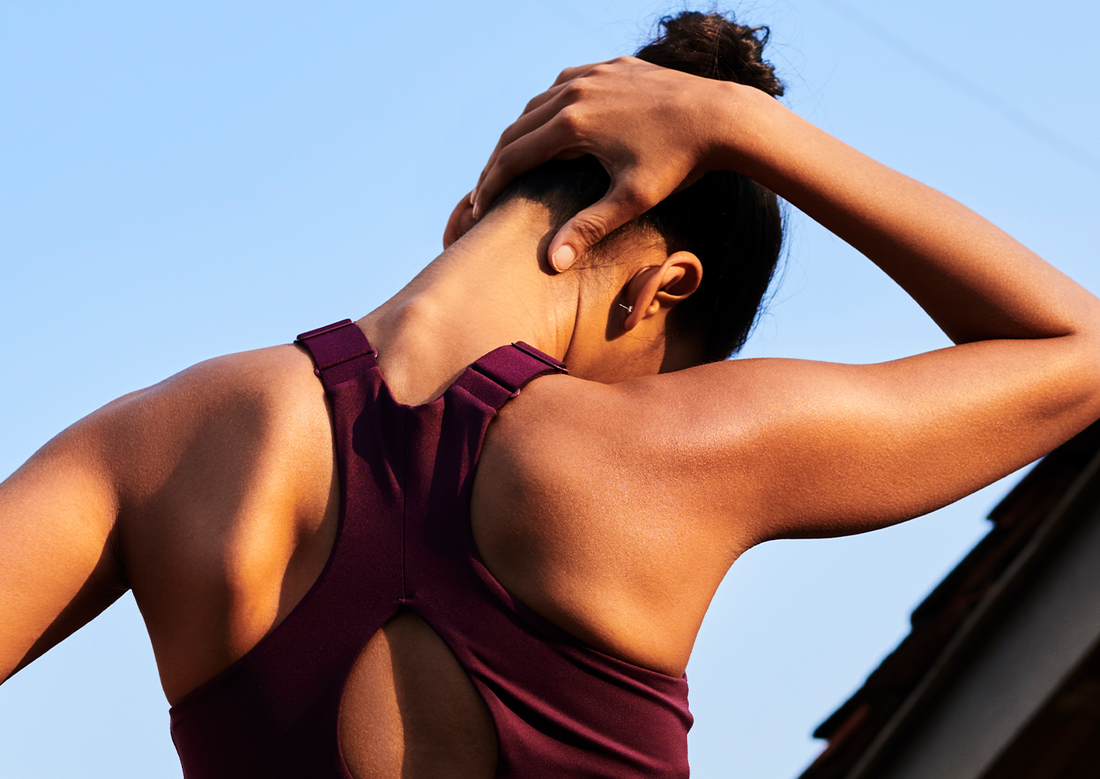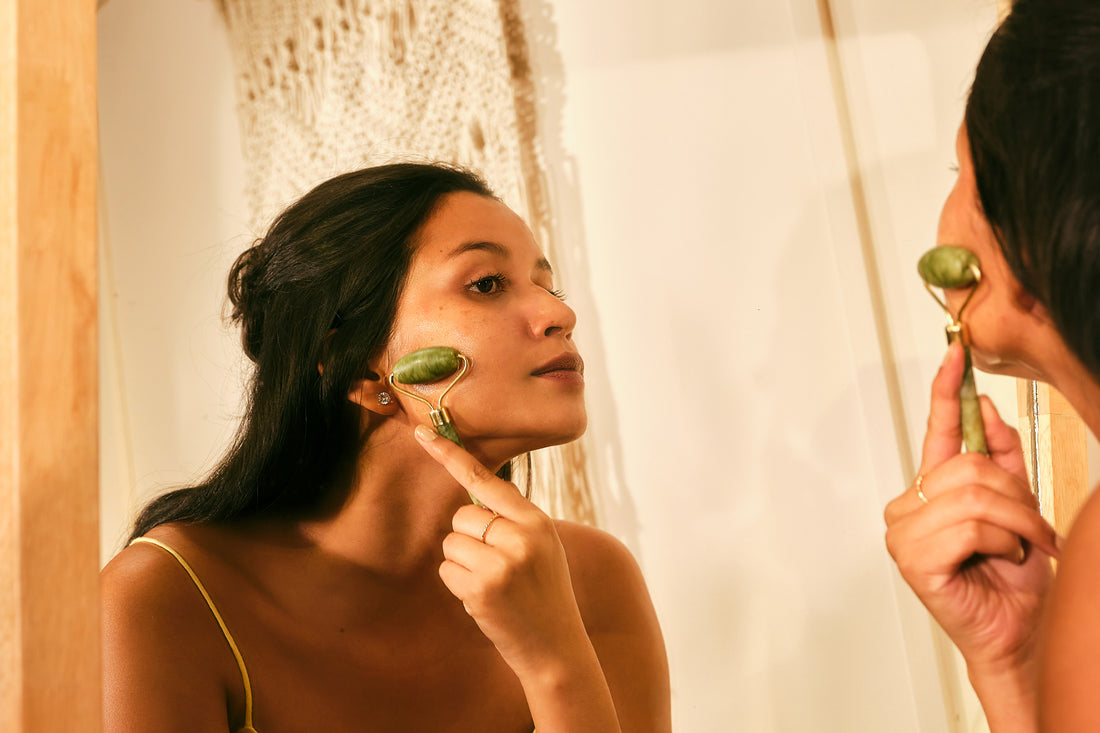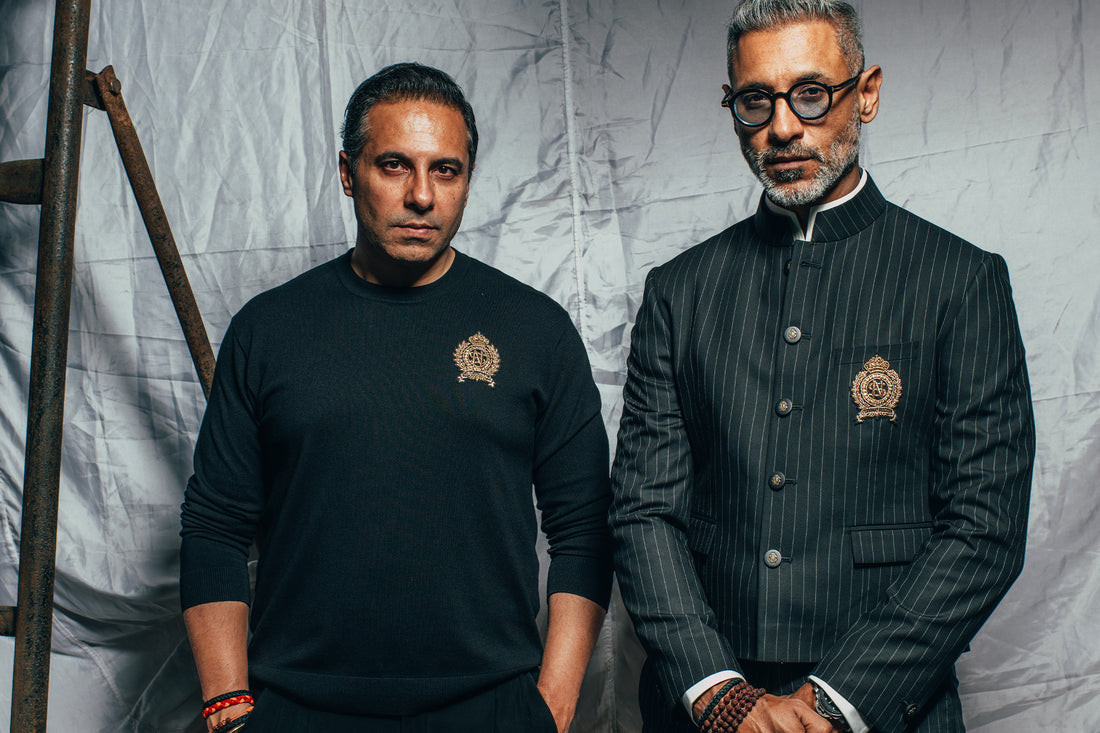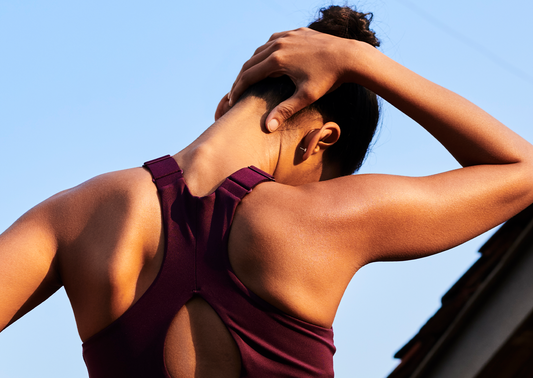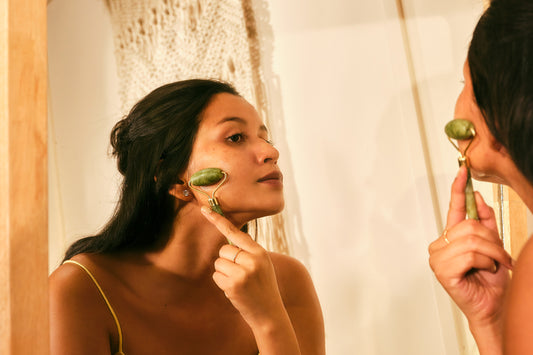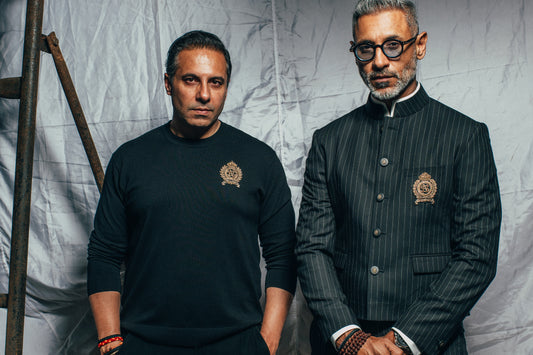
Clinical testing in skincare is a key defining factor of how substantial the claims made by the products are. The marketing claims and packaging enclose information that pertains to the exact function and results you will achieve from the product. As a consumer, you do want these claims to be backed by robust evidence to make them viable and ensure the product’s effectiveness. This is why consumer testing is also a big part of validating these promises, further solidifying these claims. However, there are some major differences between them.
Read further to learn more about spotting products with the correct claims and why you must rely on such data to pick your products.
What is Clinical Testing in Skincare?
Clinical testing in skincare involves intensive medical and dermatological research that evaluates the safety and effectiveness of a skincare product’s formulation. It involves a thorough and stringent testing process on a group of human subjects under controlled conditions.
Even though skincare products are for topical use, any product you apply should be safe and non-toxic other than bringing the desired results. Since every skin type is different and will have a different response to the test product, it is essential to evaluate these formulations to determine how safe and effective they are.
Typically, such examination of products gets conducted within the confines of a clinical setting, such as a dermatologist's office or a clinical research organisation (CRO). It takes a fair amount of time for every product to go through comprehensive testing before its launch. The Research and Development (R&D) teams run clinical tests, subjecting the formulations to the most exacting standards of scientific validation.
What is Consumer Testing in Skincare?
In contrast to the rigorous nature and scientific specifics of clinical testing, consumer testing is more informal and has a subjective approach to evaluating skincare products. It involves a group of individuals who are assigned to use the product at home and provide feedback on their experience.
Consumer testing occurs in several ways. The R&D team conducts research on product effectiveness and feedback based on surveys, questionnaires, and online reviews. The participants in this type of testing are typically provided with a product sample to use for a specified period. Following the usage period, they are then asked to offer feedback on their experience, including any noticeable changes in their skin and their overall impression of the product.
Consumer testing mainly provides insights into the subjective experiences of consumers with the product, informing product development and marketing efforts.
What are the Differences between Clinical and Consumer Testing?
Although clinical testing and consumer testing work hand in hand, and one is incomplete without the other to judge a skincare product’s efficacy and safety, there are notable distinctions between these two methodologies.
Clinical testing gives a skincare product the scientific backing for how the formulation improves your skin conditions. Each product is tested with a substantial statistically relevant sample size, using rigorous techniques and objective measures, such as skin hydration levels, pigmentation and texture changes, or microbiome analysis, to evaluate the product's performance.
Consumer testing is an attempt at gathering unbiased feedback from a group of individuals after having used the product for a certain period. It may involve a smaller sample size and may use more subjective methods to evaluate the product's efficacy, such as surveys or questionnaires to define the percentage of success.
We Are Proud To Be Clinically Tested
At 82°E, our mission is to create Indian skincare products of the highest efficacy and performance, to help make your skincare routine one that is simple, joyful, and guaranteed to work. Every product that we develop is clinically tested before we put it out in the world for your use, especially testing them on different skin types and concerns.
“To correlate the findings of our clinical studies, we run consumer testing in parallel. This allows us to understand the consumer feedback as well as scientific output on the same individual,” said Anjali Gholap, Head of R&D, 82°E.
We highlight this on our product packaging and website with key phrases such as 'clinically tested', 'clinically proven', or ‘consumer results.’ In addition, in the interest of complete transparency, we publish the key findings of our tests on our website on each product page, as well as detailed reports for consumers who may be interested to dive deeper.
In conclusion, both clinical testing and consumer testing work in tandem. However, consumer testing alone may be less reliable than clinical testing, as it may be hard to control the consistency or correct usage by the participants.
